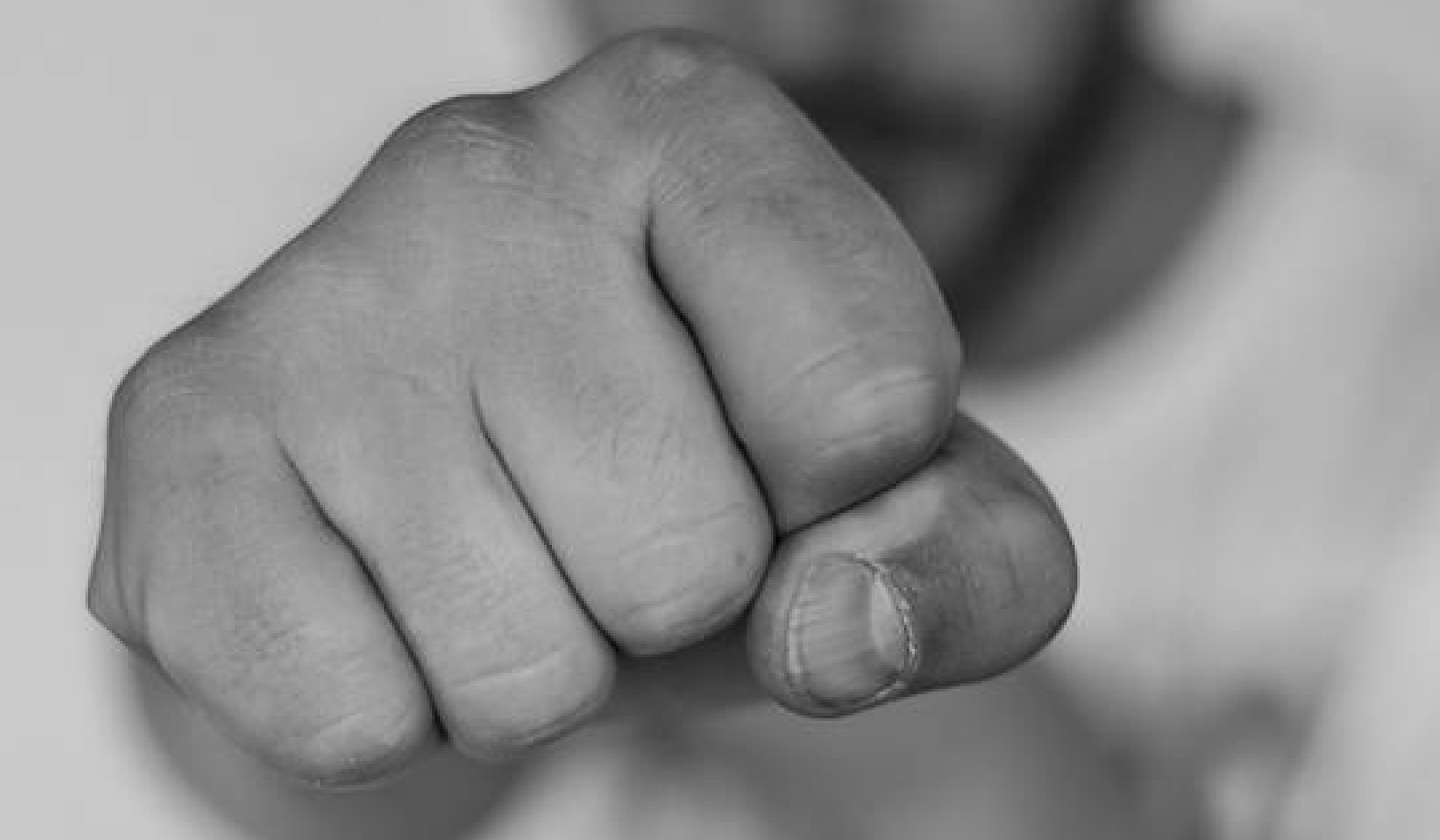
Okay. You’ve got some kind of symptom. Whether you consider it to be the result of an accident, some organism, or just bad luck, you’ve got something to deal with, something to understand, some action to take.
Now what?
The diagnosis of a symptom, particularly one that may be considered life-threatening, can be a shock, with many strong emotions coming up for the person involved. Before any decisions are made in terms of how to proceed, the first step should be an emotional acceptance that the symptom exists.
Acceptance Is Not Defeatism
It is not to say that by accepting the fact that the symptom exists, you are accepting that it will continue to its apparent logical conclusion. Emotionally accepting that the symptom exists simply gives you a starting point, from which you can decide what you want to do about it.
You thus begin in a clear space. The symptom exists. It has been diagnosed on the physical level, as the result of some kind of physical or medical examination. That’s a fact.
Emotional Acceptance
If someone has been diagnosed with a condition described as terminal, they have been given a medical opinion based on the result of a medical physical examination. It is important to emotionally accept the medical diagnosis, which is about the condition of the physical body at the moment it was examined, from the point of view of the medical establishment.
It is also important to understand that the prognosis, the prediction according to the medical point of view about where the symptom may be heading, is an opinion based on the diagnosis. Any doctor will agree that getting another opinion is not only reasonable, but recommended. You can then see if there are differing opinions, or an agreed-upon diagnosis and prognosis for your condition.
If there is an agreed-upon prognosis by the medical establishment, if a number of doctors agree that this is the prognosis, the perceived eventual conclusion of the symptom, the person involved needs to get to grips with it and to accept emotionally that what the doctors have predicted is a distinct possibility. It might happen, and from the doctors’ point of view, is very likely to happen. That needs to be emotionally accepted as a possibility. Once that is accepted emotionally, other possibilities can also be explored.
Considering Other Possible Futures
In my own case, I had to accept emotionally that the doctors expected me to die very soon from the spinal cord tumor I had experienced. When I did that, when I accepted the possibility of imminent death, releasing the fear of death, I was then more able to experience life more fully in the moment of experience. I was then able later to consider other possible futures, including the possibility of healing myself, and manifest that into reality.
An axiom among people working with their consciousness is that when you put certain pictures into your consciousness, you improve the probability of them happening. If you have a fear of something, then you continually put into your consciousness a picture of that thing happening. You are saying, ‘I do not want that to happen,’ yet the picture is clear. The fear of that happening is like glue attaching you to that picture.
Releasing the Fear
If you have fear about the prognosis, you hold that picture in your consciousness about what might happen, and according to the dynamics of consciousness, you increase the possibility of that happening. If you are afraid to hear the doctor’s opinion about what might in fact happen, you need to do something to release the fear, and thus dissolve the glue.
When you have emotionally accepted the possibility that what you have been afraid of might actually happen, you dissolve the glue by releasing the fear. And you are then more easily able to hold your attention on what you want to happen, holding that picture in your consciousness, rather than what you have been afraid of happening. You get to grips with the symptom, and the diagnosis.
What Happens Next Is Up To You, Your Decision
You can decide to follow the traditional medical approach and work with medical advice and treatment. I did that, and agreed to have an operation intended to remove the tumor, though afterwards I was told that it was not successful, and that the tumor was not accessible.
That was when I was told that I had one or two months to live, unless I coughed or sneezed. I had to emotionally accept that as well, in order to eventually consider other possibilities.
You can decide to work with alternative or complementary approaches, and also with your consciousness, as I did. The methods you choose do not have to be considered mutually exclusive. You can use whatever makes sense to you, whatever it is you feel good using, in order to do something about the symptom.
The Symptom Is Not The Problem
It is important to understand that the symptom is not the problem – it is a symptom of the problem, an indication of the existence of something else.
The medical view is that it is a sign or an indication of a disorder or a disease, and it can also be seen as an indication of the tensions in the consciousness that provides the environment in which the disorder or disease can exist, and which can then be seen as the inner cause.
©2018 by Martin Brofman. All Rights Reserved.
Publisher: Findhorn Press, an imprint of Inner Traditions Intl.
www.innertraditions.com
Article Source
The Inner Cause: A Psychology of Symptoms from A to Z
by Martin Brofman.
 For each symptom discussed, the author explores the message of the symptom, which chakras are involved, how you may be affected, and which issues you might need to look at to resolve the tension or stress - -although a specific solution will always depend on the individual’s personal situation. With its correlation of symptoms and psychological states of being, The Inner Cause provides invaluable insight into how we can effectively support our own healing process physically, emotionally, and spiritually.
For each symptom discussed, the author explores the message of the symptom, which chakras are involved, how you may be affected, and which issues you might need to look at to resolve the tension or stress - -although a specific solution will always depend on the individual’s personal situation. With its correlation of symptoms and psychological states of being, The Inner Cause provides invaluable insight into how we can effectively support our own healing process physically, emotionally, and spiritually.
Click here for more info and/or to order this paperback book or purchase the Kindle edition.
About the Author
 Martin Brofman, Ph.D. (1940-2014), a former Wall Street computer expert, was a renowned healer and founder of the Brofman Foundation for the Advancement of Healing. He developed a special healing approach, the Body Mirror System, after he cured himself from a serious terminal illness in 1975. He helped many people over his more than 30 years in practice. Martin had said that he would not live to be 74 years old. In 2014, three months before his seventy-fourth birthday, he was gone… Since 2014, his wife, Annick Brofman, continues the legacy of his work within the Brofman Foundation in Geneva, Switzerland.
Martin Brofman, Ph.D. (1940-2014), a former Wall Street computer expert, was a renowned healer and founder of the Brofman Foundation for the Advancement of Healing. He developed a special healing approach, the Body Mirror System, after he cured himself from a serious terminal illness in 1975. He helped many people over his more than 30 years in practice. Martin had said that he would not live to be 74 years old. In 2014, three months before his seventy-fourth birthday, he was gone… Since 2014, his wife, Annick Brofman, continues the legacy of his work within the Brofman Foundation in Geneva, Switzerland.
Related Books
at InnerSelf Market and Amazon





























